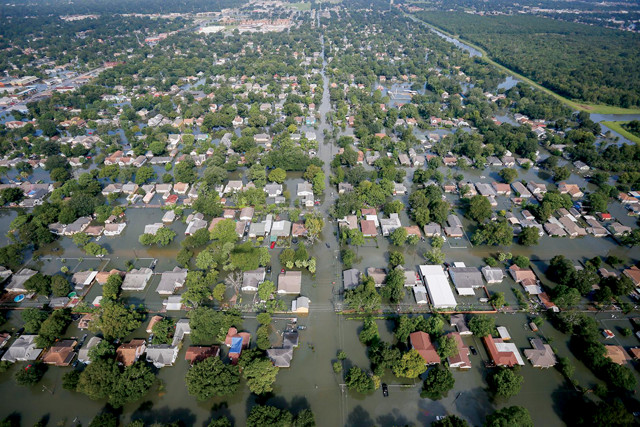Urban areas around the world are increasingly facing the devastating impact of flooding during heavy rainfall. These urban floods pose significant risks to infrastructure, human lives, and the environment. Understanding the causes behind this phenomenon is crucial for effective flood management and mitigation. In this article, we delve into the reasons behind urban floods during rainstorms, shedding light on the complex interplay of urbanization, climate change, and inadequate infrastructure.
1. Urbanization and Impervious Surfaces:
The rapid growth of cities leads to increased impervious surfaces such as roads, parking lots, and buildings. These surfaces prevent rainwater from infiltrating the soil, causing rapid runoff. As a result, the excess water overwhelms drainage systems, leading to urban floods. The lack of natural drainage areas exacerbates this issue, as urbanization often replaces permeable land with concrete and asphalt.
2. Inadequate Drainage Infrastructure:
Outdated or inadequate drainage infrastructure is a significant factor contributing to urban flooding. Many cities’ drainage systems were designed for smaller populations and less intense rainfall, making them ill-equipped to handle modern-day urbanization and climate patterns. Aging pipes, clogged storm drains, and undersized culverts hinder the efficient flow of water, increasing the risk of floods. In some cases, the urbanization process itself disrupts or alters natural drainage patterns, further aggravating the problem.
3. Climate Change and Intensified Rainfall:
The changing climate patterns amplify the intensity and frequency of rainfall events. Warmer temperatures can lead to increased atmospheric moisture, resulting in heavy downpours during storms. Urban areas, with their modified landscapes and limited absorption capacity, are particularly vulnerable to these intensified rainfall events. Sudden, heavy rainfall overwhelms drainage systems, leading to flash floods and waterlogging in low-lying areas. The combination of climate change and urbanization poses a significant challenge for urban flood management.
4. Loss of Natural Floodplains and Wetlands:
Cities often encroach upon natural floodplains and wetlands, which act as natural buffers during heavy rainfall. These ecosystems absorb and store excess water, reducing the risk of floods. However, as cities expand, these vital natural features are replaced by concrete structures, disrupting the natural water flow and exacerbating flood risks. The loss of these natural floodplains not only contributes to urban floods but also diminishes important habitats and reduces biodiversity.
5. Stormwater Management Practices:
Inadequate stormwater management practices further compound the issue of urban flooding. Improperly designed or maintained stormwater management systems fail to effectively capture and redirect rainwater. Insufficient green infrastructure, such as rain gardens and green roofs, that can absorb and filter stormwater exacerbates the problem. Implementing sustainable stormwater management techniques, such as rainwater harvesting, permeable pavements, and urban green spaces, can help alleviate the strain on drainage systems and reduce flood risks.
6. Human Behavior and Encroachment:
Human behavior also plays a role in exacerbating urban flooding. Improper waste disposal, such as littering and dumping debris in drains, can clog the drainage system, impeding water flow. Furthermore, illegal construction in flood-prone areas and encroachments along rivers and streams restrict the natural floodplains, amplifying flood risks. Raising awareness about responsible waste management and enforcing regulations to prevent encroachments are essential steps toward mitigating urban flood impacts.
Urban floods during rainfall events pose significant challenges for cities worldwide. Understanding the underlying causes behind these floods is crucial for implementing effective strategies to mitigate their impacts. By addressing issues such as urbanization, inadequate infrastructure, climate change, and unsustainable stormwater management practices, cities can work towards creating resilient urban environments that are better equipped to handle heavy rainfall and minimize the devastating consequences of urban flooding.



